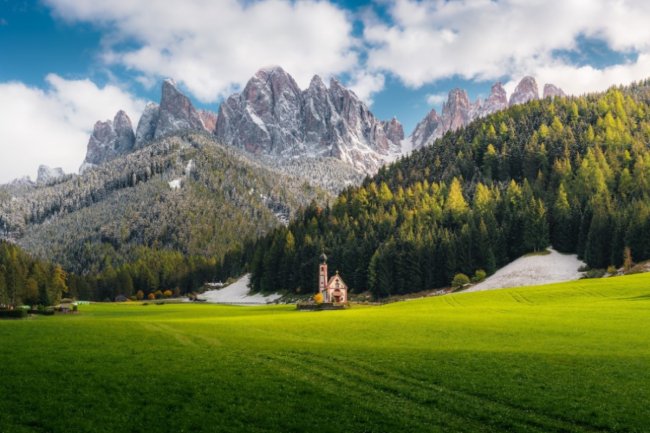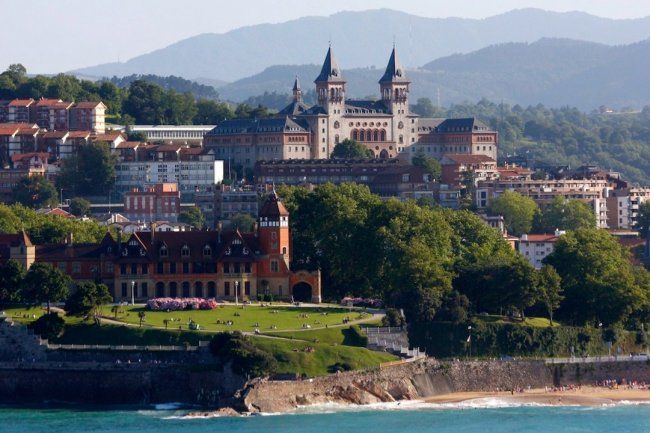Cyprus - sunny and hospitable
Choosing a destination for a leisurely vacation
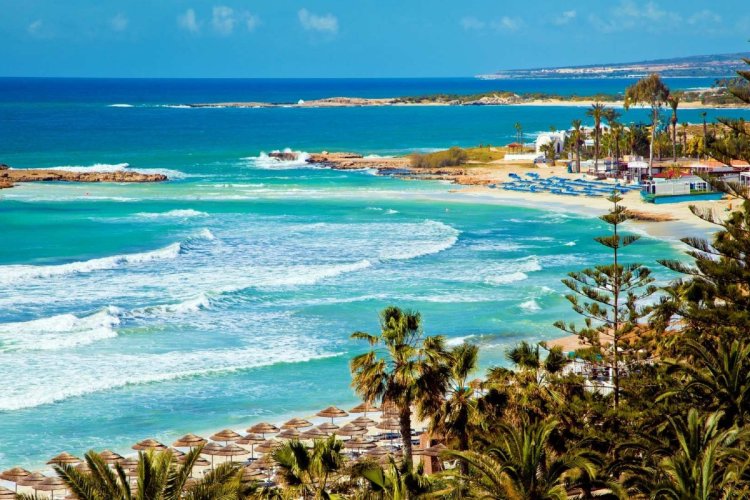
The island of Cyprus is a famous resort where there is always something to do at any time of the year. Here you can swim to your heart's content in the warm Mediterranean Sea, go diving, drink fresh juice from local citrus fruits every day, eat fresh seafood, go hiking or even go skiing - and these are just some of the reasons why you should visit this beautiful island. Today we will talk about the most popular resorts on the island and what interesting opportunities await its guests.
Limassol
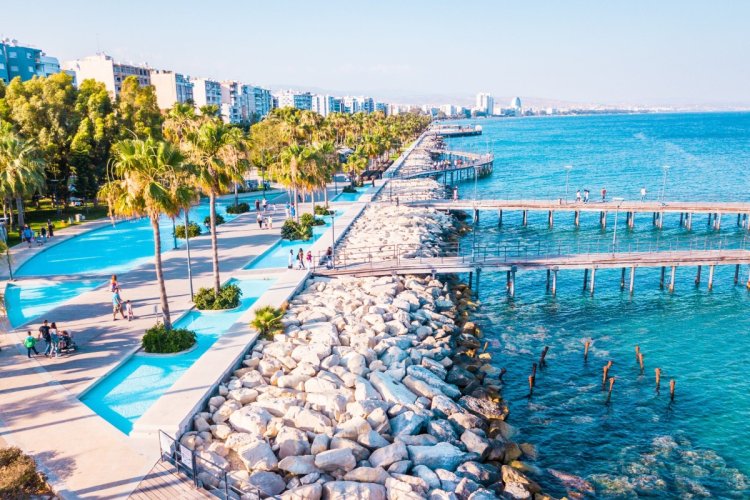
Although not actually the capital of Cyprus, Limassol is the most developed and modern center on the island. It has excellent infrastructure, modern hotels and restaurants, fashionable shops, as well as a variety of entertainment for the whole family, including a water park, a zoo and an amusement park. Also, a large number of offices of international companies, startups and businesses are concentrated in Limassol - this is where expats, who make up almost half of the city, first move. The city stretches along the sea coast, and its main attraction - the Molos embankment - is a must-see. There are plenty of sports grounds and playgrounds, many excellent cafes and restaurants (we recommend starting your walk with a cold frappe from Cafe Nero), beautiful art objects, fountains and sculptures. There is a bicycle path along the entire embankment, which is rather rare for Cyprus, which makes this promenade one of the best on the entire island.
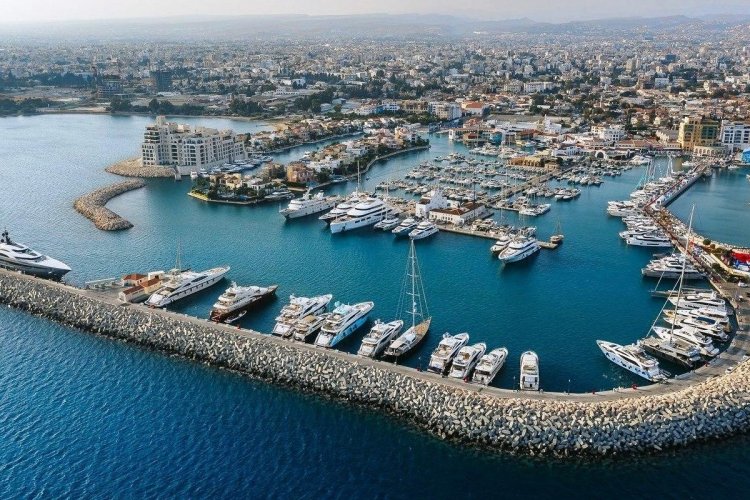
What you can visit in the city and its surroundings: Archaeological Museum housed in a medieval castle, Limassol Marina, ruins of the ancient cities of Amathus and Kourion, Kolossi Castle, Akrotiri salt lake, St. Nicholas Monastery, known as the “cat” monastery (the cats were brought there in the 4th century on the orders of Helen of Constantinople to fight snakes), the temple of Apollo of Hylates, the picturesque mountain settlements of Pano Lefkara and Omodos, as well as the Neolithic settlement of Khirokitia.
Paphos and Polis
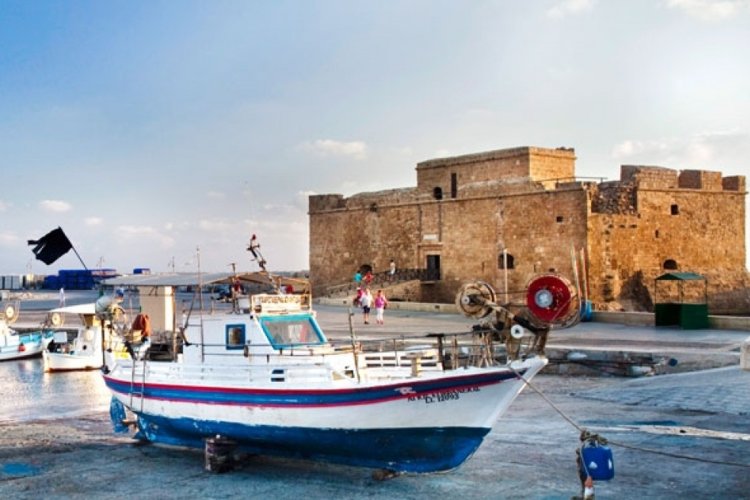
These two resorts are considered the most prestigious on the island: prices here are higher than in other cities, but this is due to the high level of service, picturesque nature and beautiful Blue Flag beaches. Both cities are rich in ancient heritage. Almost all the hotels here are five-star, and there are also several Michelin-rated restaurants.
Paphos is replete with ancient sights - you just need to visit the Archaeological Museum with magnificent sculptures, the Ethnographic and Byzantine museums, as well as the archaeological complex «Tombs of the Kings". Don't miss the Kato Paphos area, the Odeon Amphitheater, the Temple of Aphrodite, the Villa of Dionysus with stunning mosaics, the ruins of the early Byzantine basilica at the Church of Panagia Chrysopolitissa, the Chapel of St. Solomonia with the catacombs, the caves of St. Lambryanos and the Paphos Castle, which was rebuilt several times.

There are many interesting places to visit around Paphos. Not far from the city are the White Rocks, where the ship Edro III ran aground, which is especially beautiful to look at in the evening - the setting sun seems to “jump” onto the tilted side of the ship. 8 kilometers from Paphos is Kissonerga Bay, surrounded by banana plantations, and the ancient Kelefos Bridge in the nearby forest, as well as Avakas Canyon.
Not far from Paphos and Polis there is the ancient monastery of St. Neophytos with unique frescoes in rock churches.
Closer to Polis lies the picturesque “Adonis Trail” - a hiking track along the coast with blooming anemones, leading to the Blue Lagoon. Nearby is Latchi Bay, recognized as an excellent place for swimming. On the Akamas Peninsula there is the famous "Aphrodite's Path", leading to the Baths of Aphrodite through the ruins of the Pyrgos tis Rigainas tower, which belongs to a medieval monastery.
Pissouri
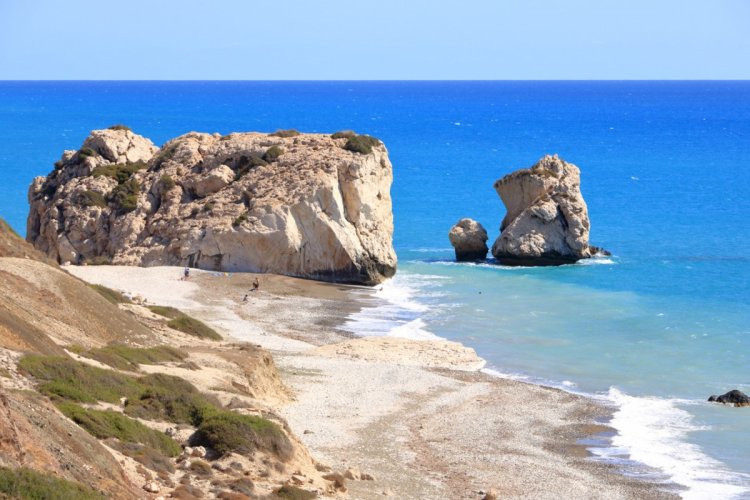
About halfway from Paphos to Limassol there is a small village with a beautiful beach, which surprises with its tranquility and low traffic. Its low popularity among tourists gives this secluded place a special charm: here you can enjoy walks along the sunny streets, admire beautiful sunsets, relax by the sea and take beautiful photos without the crowds.
What to see in the area: the beautiful Cape Aspro with hiking trails, Aphrodite's Stone, the luxury golf resort of Aphrodite's Hills with numerous cafes and hiking trails and the rock church of St. Spyridon.
Ayia Napa

Since the early 1980s, Ayia Napa has become the most popular resort town in Cyprus, earning the title of “Cypriot Ibiza” and “resort capital”. In winter it is quiet here, but in the season (from May to September), on the contrary, it is very crowded. The popularity of this city was brought not only by its excellent tourist infrastructure, but also by its beautiful beaches with golden sand and smooth entry into the water. The most famous beaches here are Nissi Beach, Pantachu and Limanaki. In general, Ayia Napa is a typical resort in the full sense of the word; If you prefer a more tranquil location, the nearby village of Protaras is worth a look, with its beautiful beaches at Vrissiana and Fig Tree Bay.
What to see in the area: Venetian Monastery, Agia Thekla Chapel and Cave, Agia Saranta Cave Church, Profitis Ilias Hiking Trail, Cape Greco National Park with numerous sea caves and a picturesque lagoon, Cyclops Cave, Raven Arch in the Blue Lagoon and Bridge lovers, Angelina Bay and Emmeleya Cave.
Larnaca
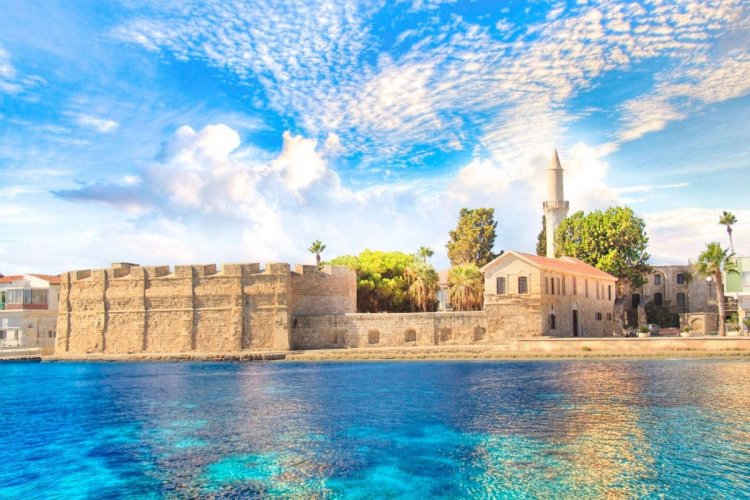
Many tourists usually do not pay enough attention to Larnaca, assuming that it is just a city adjacent to the airport. However, in reality, Larnaca is absolutely charming: here you can see ancient churches and monuments of ancient architecture, enjoy a beautiful promenade with a palm grove, stay in cozy hotels, visit many museums, eat in excellent restaurants and visit a good beach with clear water.
What you can see in Larnaca and its surroundings: Larnaca Castle, the ancient Church of St. Lazarus of the 9th century, archaeological excavations of ancient Kition, a salt lake with pink flamingos (the Aphrodite Path walking route runs along the shore), the Hala Sultan Tekke mosque, one of the most significant in the Islamic world, and Camel Park. Divers can explore the sunken Swedish ferry Zenobia, which is located just offshore.
Kakopetria
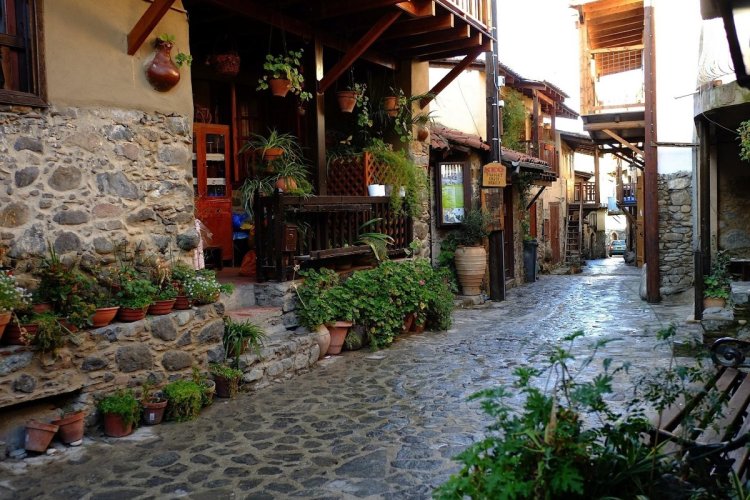
Let's be honest - Cyprus is associated precisely with a beach holiday for most tourists, but in addition to the sea, there are also mountains, and very picturesque ones. This is where Kakopetria is located - a small village on the northern slopes of the Troodos Mountains at an altitude of 667 meters above sea level in the Solea Valley. Even in the summer months there is no such a heat here: the temperature rarely exceeds 28 degrees, which allows residents and guests of the island to escape the scorching sun for a couple of days and cool down a little. The village itself surprises with its unique medieval streets, which have remained almost unchanged to this day, as well as the dense forests surrounding it, ideal for walking.

What to do in the area: The Troodos Mountains are a must-see with their cool pine groves, vineyards, tall pine trees and picturesque streams. The Byzantine churches and mountain monasteries of Troodos are included in the UNESCO World Heritage List, among which are the 12th-century Chrysoroyatissa Monastery and the Kykkos Monastery with unique frescoes. The highest mountain in Cyprus is Olymbos. In winter there is a ski resort here, and even in summer you can find snow at the very top in shady places. In the village, which you will definitely pass through on your way to the top, there are many cafes and local shops. In any of them we strongly advise you to buy local churchkhella - you will not taste such a delicious sweet anywhere else!
Nicosia
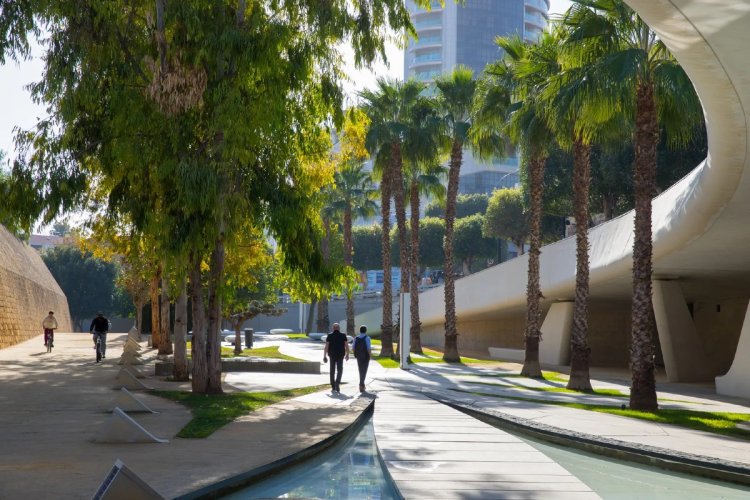
The capital of Cyprus is a city where you can’t find a real metropolitan vibe. The city is divided into two parts - Greek and Turkish, between which the border flows through the main shopping street Ledra, which can only be crossed with a foreign passport. Among the main attractions of “European” Nicosia are the huge archaeological Museum of Cyprus, the Anglican Church, the Shakolas Observatory, the Leventis Art Museum, the ethnological museum of the House of Hadzigeorgakis Kornesios, the Cathedral of St. John the Evangelist with an 18th-century iconostasis, the palace of Archbishop Makarios III with the Byzantine Museum inside, a picturesque Laiki Getonia quarter with craft workshops and Eleftheria Square, created by the famous architect Zaha Hadid.
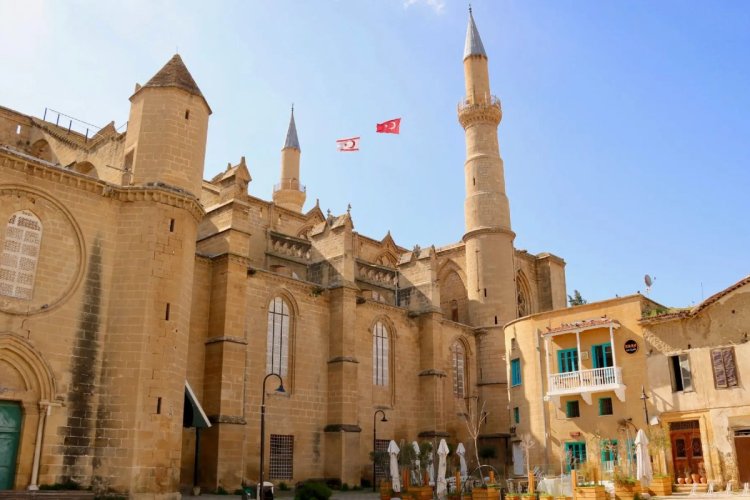
If you do come to Nicosia, we recommend visiting the Turkish part of Cyprus for at least a few hours - they don’t put a stamp on your passport at the border, but you will remember this trip forever. Crossing the checkpoint, you instantly find yourself in a real Turkish bazaar, where there are hundreds of shops and tiny coffee shops with coffee and tea, leading you to the large and very beautiful Selimiye Mosque. The mosque was originally built in 1209-1325 as the Roman Catholic Agia Sophia in the mature Gothic style and periodically, along with the Famagusta Cathedral of St. Nicholas, served as the cathedral of Cyprus and the place of coronation of kings.
If you are planning to choose Cyprus as your next holiday destination, we strongly recommend renting a car for a few days and going to explore the island away from crowded tourist areas. Moreover, car rental places are located everywhere, in some of them you can rent a car without a deposit. For comfortable movement around the island, do not forget to buy eSIM from fedafone for Cyprus (and for Northern Cyprus too!) and enjoy this hospitable, warm country to the fullest!
